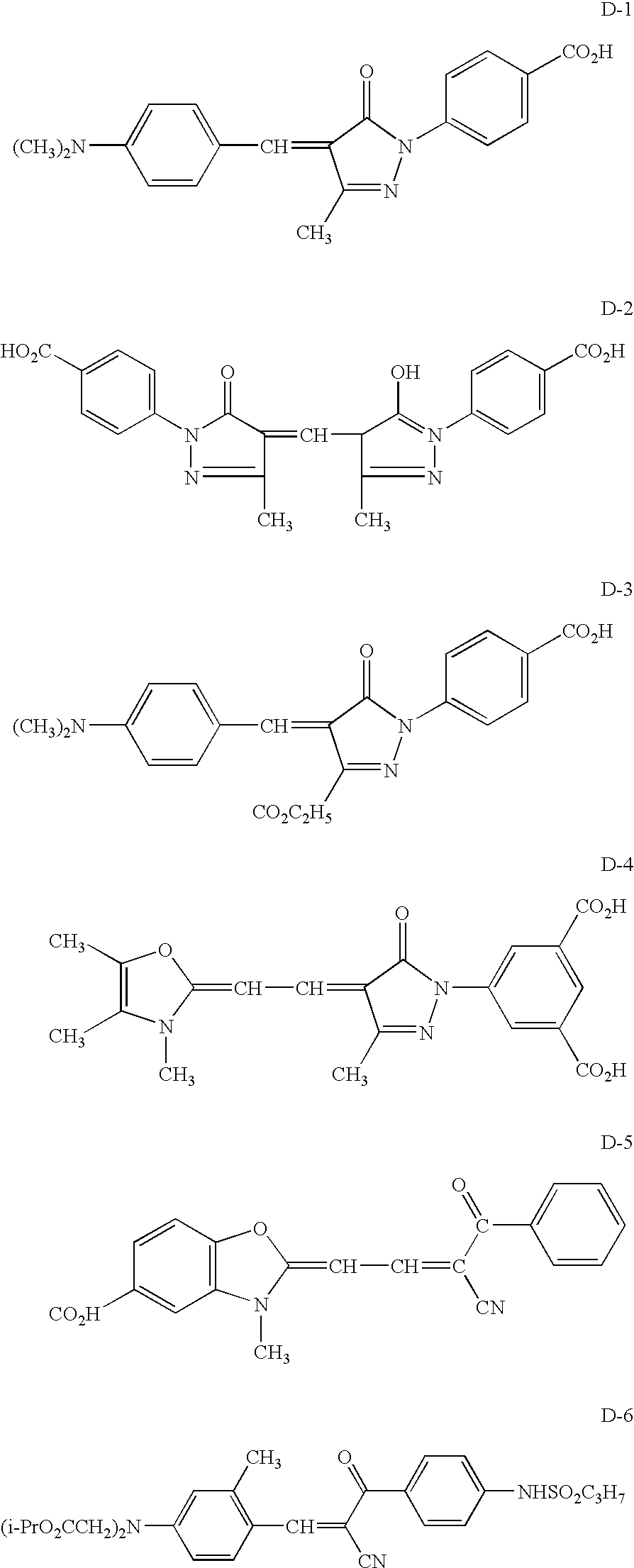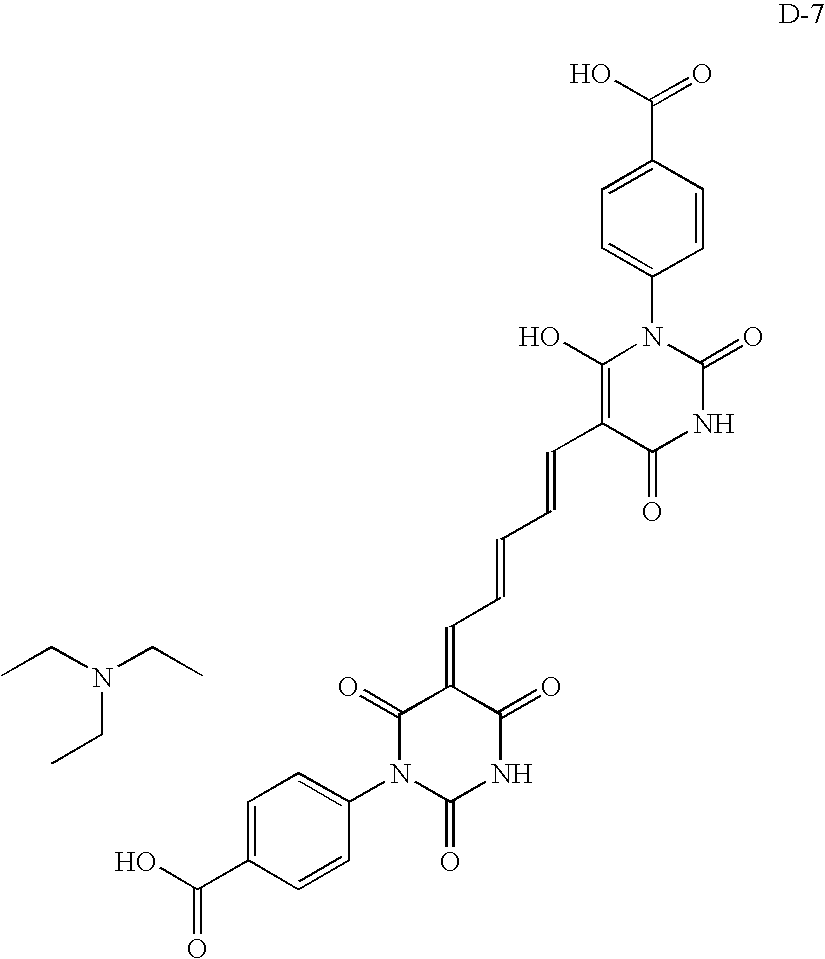Highly lubricated imaging element with elastomeric matte
- Summary
- Abstract
- Description
- Claims
- Application Information
AI Technical Summary
Benefits of technology
Problems solved by technology
Method used
Image
Examples
example 1
[0053] Comparison print film Element A was prepared as follows:
[0054] A subbed polyester support was prepared by first applying a subbing layer comprising a vinylidene chloride copolymer to both sides of a support before drafting and tentering so that the final dried coating weight of the subbing layer was about 90 mg / m2.
[0055] An electrically-conductive layer was applied onto one side of the support, comprising an electrically-conductive agent and a film forming binder. The electrically-conductive agent used in the coating was Baytron P™ (poly(3,4-ethylene dioxythiophene) / poly(styrene sulfonate), available from Bayer Corporation), which was supplied in the form of an aqueous dispersion comprising 0.5 wt % poly(3,4-ethylene dioxythiophene) (“PEDOT”) and 0.8 wt % poly(styrene sulfonate) (“PSS”). The film forming binder used was Eastman Chemical AQ29D polyesterionomer. The PEDOT / PSS was coated at a coverage of 2.4 mg / m2, and the AQ29D binder was coated at a coverage of 21 mg / m2.
[00...
example 2
[0067] A comparison print film Element G was prepared with photographic emulsion layers similarly as for Element A, and with protective overcoat and backcoat layers as described for Element A.
[0068] Print film Element H in accordance with one embodiment of the invention was prepared similarly as Element G, except that outermost backcoat and overcoat layers had the following general compositions:
Backcoat:Sancure 898 (B.F. Goodrich Corp.) polyurethane binder,970 mg / m2modulus = 115,000 lb / in2, elongation to break = 210%Neocryl CX-100 (Zeneca Resins) polyfunctional aziridine 50 mg / m2crosslinkerPermanent Polymer matte (polymethylmethacrylate beads, 25 mg / m2avg. size = 1.5 μm)Crosslinked elastomeric matte (poly(butyl acrylate-co- 2.1 mg / m2ethyleneglycol dimethacrylate), 86 / 14 mole ratio,Tg = −37° C., avg. size = 2.0 μm)Michemlube 160 carnauba wax (Michelman, Inc.) 16 mg / m2Charge control surfactant (Zonyl FSN (Dupont) partially 14 mg / m2fluorinated surfactant)Additional Surfactant (Aeros...
PUM
 Login to View More
Login to View More Abstract
Description
Claims
Application Information
 Login to View More
Login to View More - R&D
- Intellectual Property
- Life Sciences
- Materials
- Tech Scout
- Unparalleled Data Quality
- Higher Quality Content
- 60% Fewer Hallucinations
Browse by: Latest US Patents, China's latest patents, Technical Efficacy Thesaurus, Application Domain, Technology Topic, Popular Technical Reports.
© 2025 PatSnap. All rights reserved.Legal|Privacy policy|Modern Slavery Act Transparency Statement|Sitemap|About US| Contact US: help@patsnap.com


